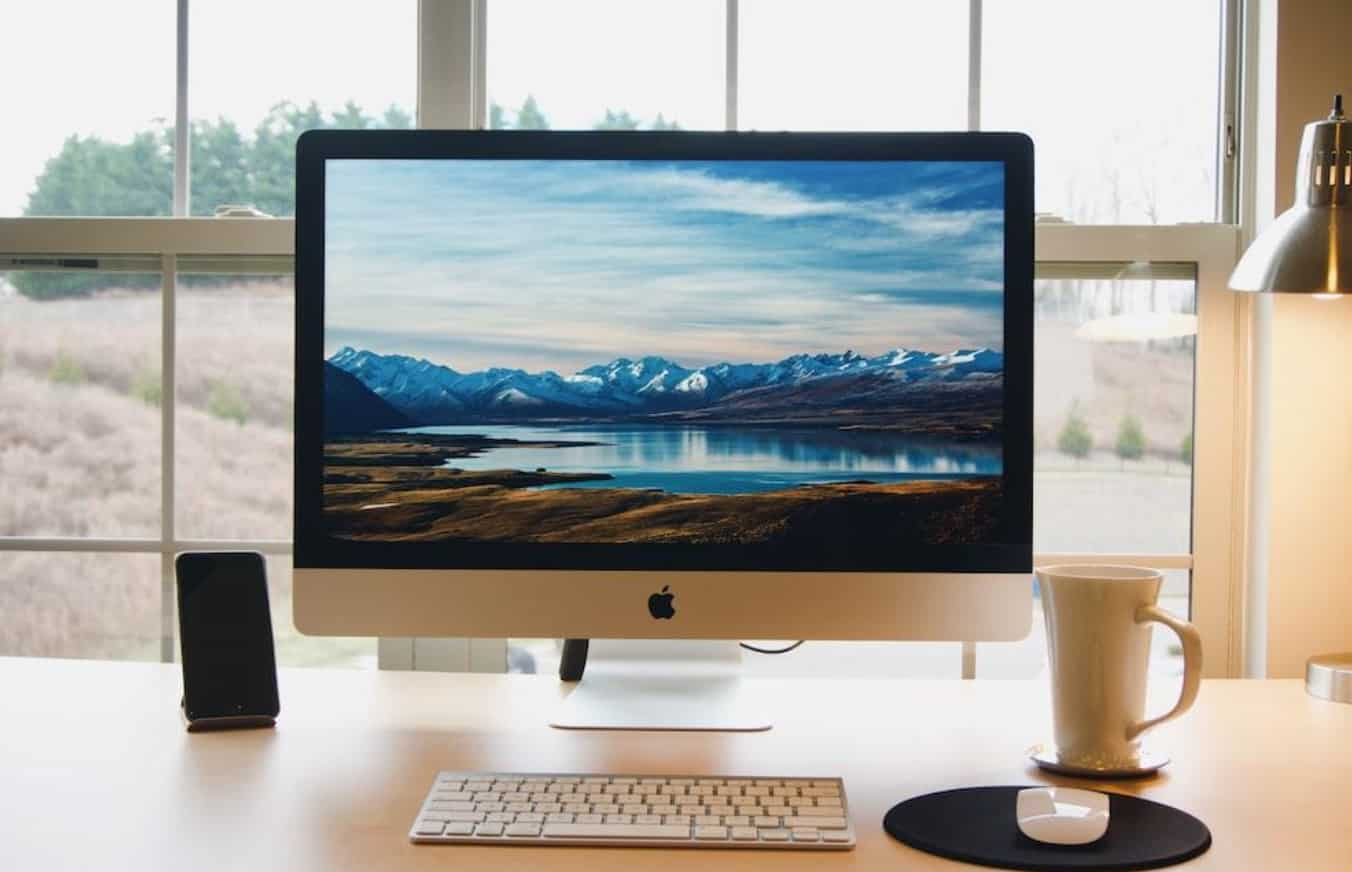Switching from Windows to macOS can be an excellent change, providing a sleek and straightforward computing experience. While the change may appear complicated initially, Apple’s macOS operating system is designed to be user-friendly. This post will review some simple procedures to help you quickly transfer from Windows to macOS, ensuring a smooth and comfortable transition.
Get to Know the MacOS Interface
The first step in adjusting to macOS is to become acquainted with its user-friendly and visually appealing interface. Unlike specific Windows systems, macOS retains a clean, minimalist look. Spend time exploring the desktop, menu bar, and Dock. Take note of the Apple logo in the upper-left corner, which provides easy access to crucial tasks. The menu bar is a strong navigation tool that houses application menus and system information of your computer.
Master the Trackpad and Gestures
The switch to macOS entails getting used to the trackpad, which is a key component in Apple’s dedication to an intuitive user experience. Unlike Windows, where mouse and keyboard interactions predominate, macOS relies on various trackpad gestures. Swipe between desktops to reach the Notification Center, and use Mission Control to examine open windows and spaces. The responsiveness of the trackpad and the fluidity of these gestures alter how you interact with your laptop, making tasks feel more natural and dynamic.
Get to Know Finder
Finder is the macOS equivalent of Windows File Explorer, serving as the primary file and folder management tool. While it has certain similarities with its Windows version, the style and functionality of Finder reflect Apple’s characteristic elegance. Navigate through the hierarchical file structure, using the sidebar to quickly access frequently used places. Please familiarize yourself with the Preview Pane, which lets you preview documents without fully opening them. Integrating the Finder with Quick Look lets you preview files by pressing the spacebar.
Gaming on MacOS
Gaming on MacOS poses distinct challenges when compared to the more gaming-friendly Windows platform. The Mac App Store serves as a centralized hub for discovering, downloading, and updating games and apps, yet the gaming experience on macOS is constrained by operating system limitations, resulting in a more limited selection of titles compared to Windows.
Windows distinguishes itself with broad interoperability with gaming software and hardware, offering a wider array of gaming options. Unfortunately, Mac users often encounter restrictions in game availability, as developers frequently prioritize Windows compatibility. Notably, titles like Fallout: Vegas and the Crysis series exemplify games that Mac users cannot run natively.
Despite these challenges, there is a silver lining for enthusiasts of classic games, particularly in the realm of online casino gaming. Platforms such as CasinoBonusCA are carefully designed to be compatible with various operating systems, including both Mac and Windows, extending their accessibility to iOS and Android phones. This compatibility ensures that players can seamlessly enjoy popular casino games, regardless of their preferred platform.
The site goes above and beyond by highlighting the adaptability of online casinos across different operating systems. It provides valuable information to help players find the best gaming platform for their needs, including in-depth reviews and bonuses, enhancing the overall gaming experience.
Learn Keyboard Shortcuts
Efficiency is critical when navigating any operating system, and macOS includes a plethora of keyboard shortcuts to help you do just that. While some shortcuts differ from Windows, many are familiar and straightforward. Mastering popular shortcuts for operations like copy (Command + C), paste (Command + V), and cut (Command + X) will dramatically increase your productivity. Easily switch between applications by pressing Command + Tab and Command +'(backtick). As you adopt these shortcuts into your routine, you’ll find yourself navigating macOS with the speed and precision of a seasoned user.
Configure iCloud for Seamless Integration
With iCloud, you can sync photos, emails, passwords, emails, files, and other stuff between all of your Apple devices. iCloud Photos syncs your photo files, and iCloud Keychain stores and syncs your passwords safely–not even Apple can access them. This merging creates a single digital world where switching between devices is easy and doesn’t cause any problems. Apple’s ecosystem is seamlessly interconnected via Apple iCloud, and configuring it is critical for a cohesive and convenient experience.
Conclusion
Moving from Windows to macOS becomes a journey of discovery and adaptation as you navigate these six steps. Accept the elegance of the macOS interface, master the art of trackpad motions, and explore the enormous geography of the Mac App Store. Allow Finder to reshape your attitude to file management and make keyboard shortcuts your trusted companions. Finally, consolidate your Apple experience with iCloud and watch the seamless integration of your digital life. In no time, the shift from Windows to macOS will feel natural, revealing the full potential of your Apple-powered computing experience.
Table of Contents
